How Indigenous Communities Lead the Fight Against Climate Change
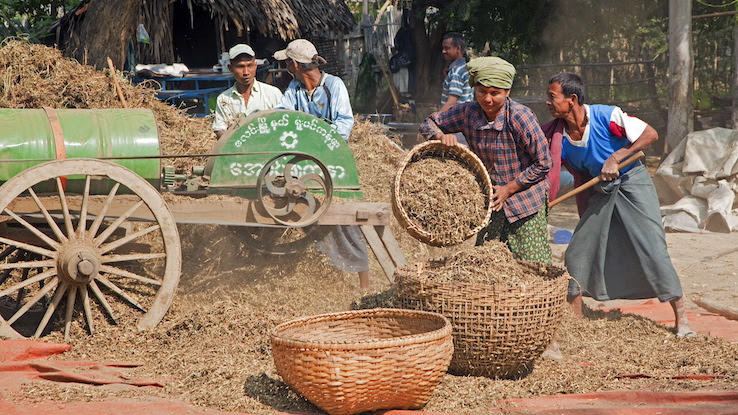
The effects of climate change have impacted every area of our planet in countless ways, from threatening the health of crops to creating longer and more intense wildfire seasons around the globe. Climate change affects each and every life on Earth — but it’s often Indigenous communities that are the most directly and severely impacted. This is largely due to “their dependence upon, and close relationship with, the environment and its resources,” such as land, water and animals, according to the United Nations.
For this very reason, Indigenous groups may stand to lose the most as climate change threatens the health and survival of our planet. In an effort to limit its impacts, Indigenous communities around the world are coming up with their own strategies — often by blending traditional land-use techniques with new practices — to combat the effects of climate change. Here’s how these efforts are working.
Indigenous People Have Been Forced to Adapt to Climate Change
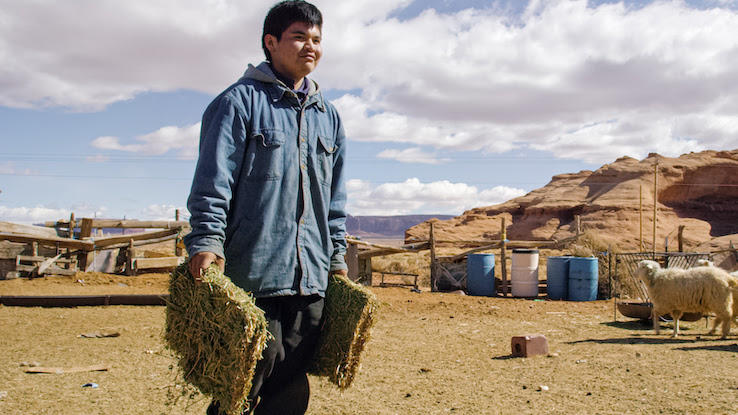
Climate change has caused droughts, heat waves, melting glaciers, rising sea levels and other adverse physical effects to our planet. Indigenous tribes are left increasingly vulnerable as climate-related events affect the general health of their communities as well as their ways of life.
As the United Nations explains, “Climate change exacerbates the difficulties already faced by Indigenous communities, including political and economic marginalization, loss of land and resources, human rights violations, discrimination and unemployment.” From droughts disrupting livelihoods in the Amazon Basin to rising temperatures “negatively impact[ing] traditional cattle and goat farming practices” in the Kalahari Desert, climate change is disrupting the ways Indigenous communities have long interacted with the environment — and that’s putting their survival in danger.
There’s often a deep connection between Indigenous groups and the waters, lands, animals and plant life they have access to. Many of these communities spend time outdoors, not only to hunt, fish and plant food, but also for cultural and spiritual purposes. The continuing impacts of climate change are making it more difficult for groups to engage in these culturally important practices and the ways of life they’re critical to.
As climate change shows no signs of stopping, Indigenous groups across the globe have had to modify harvesting and other techniques to survive and to keep their communities livable. In doing so, they’re coming up with innovative new ways to fight the effects of climate change, methods that other areas across the world may be able to learn from. “Indigenous peoples have always been on the front lines,” says Nikki Cooley, co-manager of the Tribes and Climate Change Program for the Institute for Tribal Environmental Professionals (ITEP) in Flagstaff, Arizona. “Tribes have always been adapting to climate change. Now we have to adapt even faster.” Here’s what those adaptations look like around the world.
Sahel Tribes Are Using Traditional Water Conservation Techniques
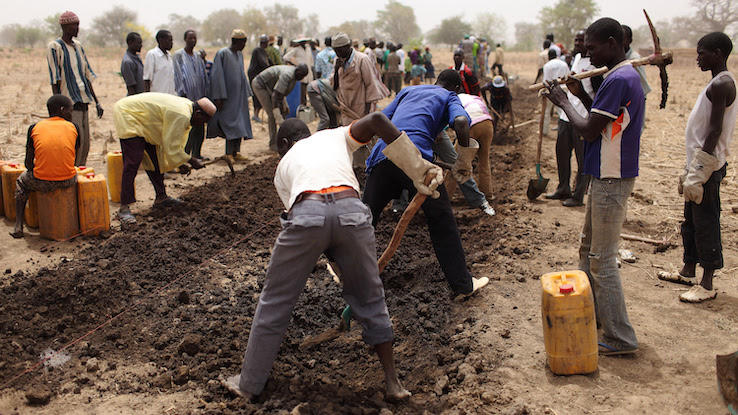
The Sahel — the geographic transition zone between Africa’s Sahara Desert and the continent’s southern savanna grasslands — spans nearly 2 million square miles across more than a dozen countries. The area had an estimated population of almost 135 million people in 2015 who depend on livestock and crop agriculture for their food as well as rain for their water supply. Extreme droughts have been affecting the land since the 1970s. Currently, rain only falls during three months of the year, and climate change is causing that limited rainfall to become even more unpredictable. So, Sahelian farmers have had to modify their water- and soil-management methods to restore the fertility of their land.
Sahelian groups have created water-conserving techniques like half-moons and zai pits, which are holes in the soil that help to trap water and nutrients. The use of zai pits ultimately increases drought resistance and improve crop yields. Another method, called stone bunding, holds back rainwater from running off the land, allowing it to soak into the soil and hydrate crops instead. Water-conserving “boulis,” which are large, deep pits roughly the size of Olympic swimming pools, also help to catch the water that falls during the rainy months. These methods have helped provide communities with year-round access to water and increased food security for millions.
The Swinomish Tribe Creates Clam Gardens to Improve Shellfish Populations

Western Washington State’s Swinomish Indian Tribal Community depends largely on fishing for sustenance. With shellfish populations under threat due to rising sea levels and changes in water temperature, tribe members revived longstanding cultural customs to improve fishing conditions. They’ve begun using clam gardens, which are also utilized in Alaska and British Columbia, once more to improve access to traditional foods.
To build clam gardens, low-lying rock walls are fortified with broken shells and gravel that create a terrace by “reducing the slope of the beach and increasing the area where shellfish [can] grow,” according to Northwest Treaty Tribes. This has helped the tribe cultivate clams and other important marine foods. The Swinomish tribe has been successful in receiving funding for this work from various federal and state programs. Ultimately, these efforts “will also bolster local food security, support tribal treaty rights, and provide ecological and cultural benefits to the community,” notes Swinomish marine ecologist Courtney Greiner.
The Karuk Tribe Is Developing a Climate Adaptation Plan
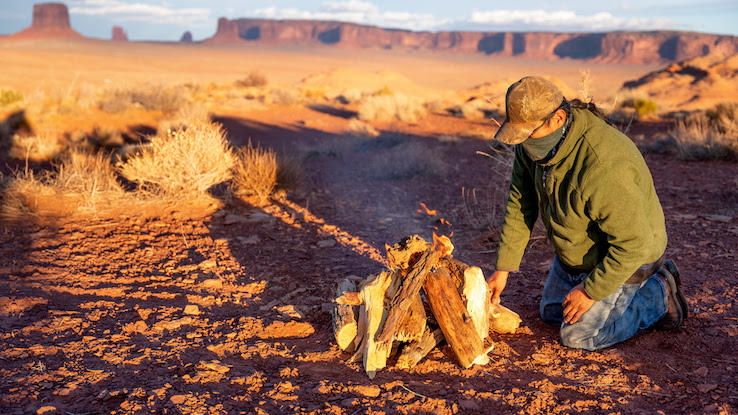
The Karuk Tribe in northwest California and southern Oregon truly understands the impact of climate change on the world. Its territory includes 1.38 million acres in Northern California, much of which has been impacted by catastrophic wildfires resulting from a combination of poor federal land management, limited fire suppression and climate change. In response, the tribe has called for the use of its cultural burning practices to build wildfire resilience and protect resources. “The Karuk Tribe, among others, sees fire as medicine, and, as such, views traditional burning as a human service for ecosystems,” shared Dr. Frank K. Lake, a U.S. Forest Service research ecologist who’s also a Karuk descendant.
This burning is a central component of the Karuk climate adaptation plan, which proposes mitigation strategies based on a combination of Karuk traditional knowledge and recent climate science. The tribe has found that the frequent use of low-intensity fires has helped to restore grasslands for elk and maintain tanoak trees and black oak acorns. It also provides smoke that shades the Klamath River and other streams, cooling water temperatures and saving fish during the hot summer months. The plan incorporates an in-depth summary of climate trends, adaptation strategies for electrical infrastructure and suggestions for the removal of other environmental stressors. The detailed plan, as well as the practice of cultural burning, is now gaining recognition from federal, state and local government agencies.
Community and Collaboration Have Been Key in These Efforts
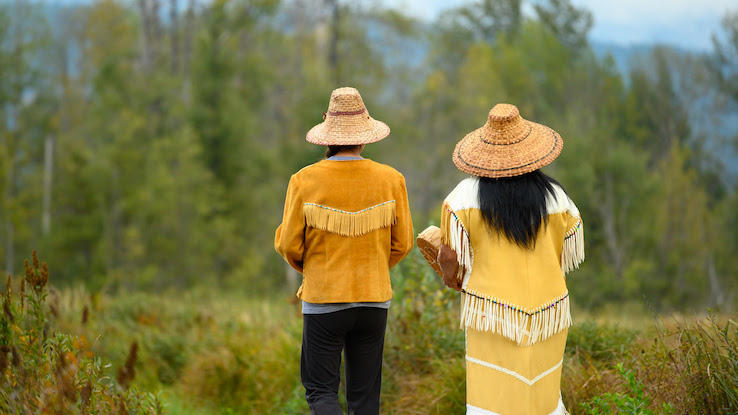
Of course, these aren’t the only Indigenous communities that have been using traditional methods to fight the effects of climate change. The nation of Guyana has worked with international leaders and organizations on biodiversity preservation efforts. Tribes in Alaska and Hawaii, as well as other Indigenous groups, are exploring fishing methods that result in healthier oceans. All of these strategies are highlighting the value of Indigenous knowledge and raising awareness about how other, lesser-known techniques may also be helpful in combating climate change.
One of the most powerful reminders in all of this, though, is that community and collaboration, like innovative land-management methods, are vital for our survival. We need to work together to put a stop to climate change — and applying Indigenous methods on a large scale may be key in doing so.





